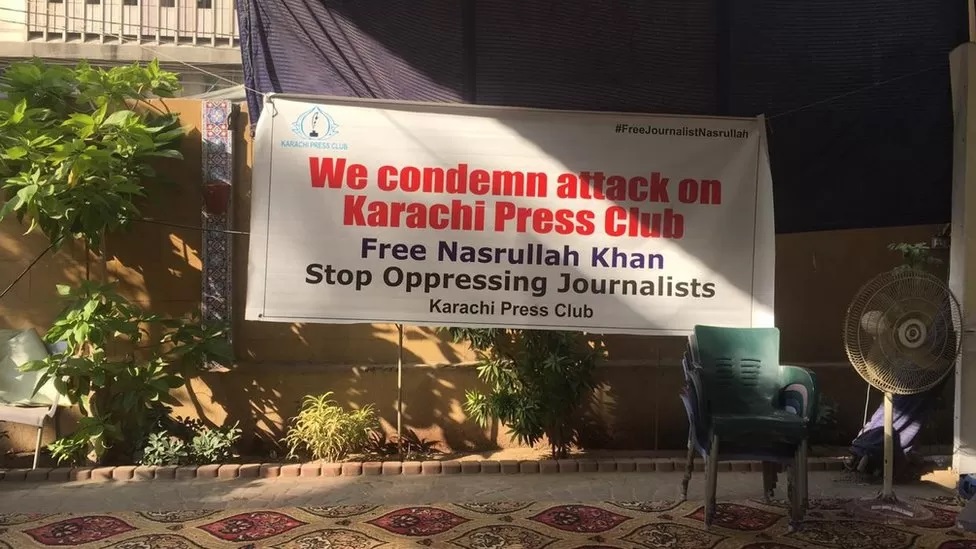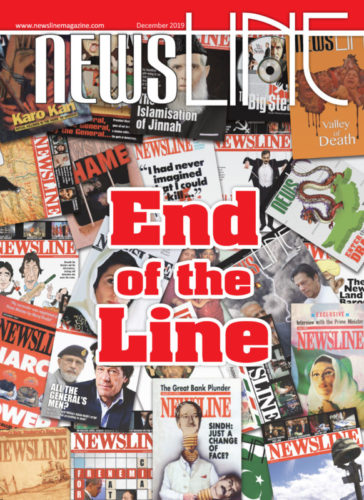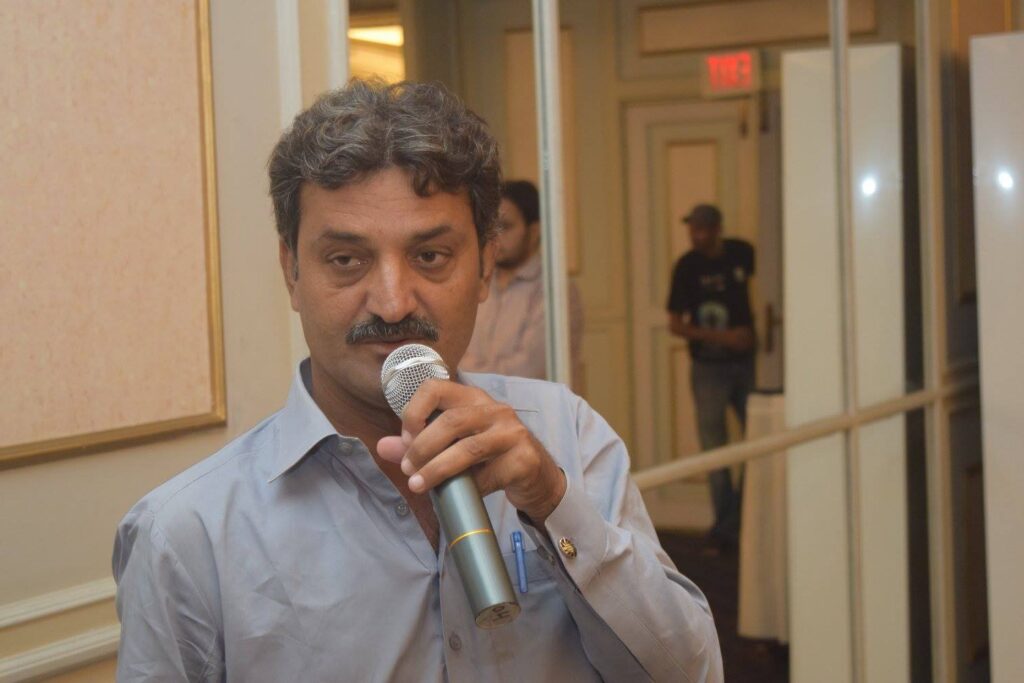By Shujauddin Qureshi
Paramilitary force Rangers raided Karachi Press Club premises on July 27, 2020, apparently for security reasons.
But KPC Covering Body in a press release after its urgent meeting condemned the raid without any intimidation to the management of the club.
Even though there might have been a threat alert in the Red Zone in downtown Karachi, the entry of Rangers personnel in uniform into the premises of Karachi Press Club in such a suspicious way is highly objectionable and condemnable. Karachi Union of Journalists also condemned the act.
It was a tradition of the Club that no uniform personnel could enter the gate, irrespective of any reason.
One can recall that the entire Governing Body of the Club (in 2003-04) had resigned in protest when DG ISPR in uniform had given a presentation in the Club.
Had there been a threat the Bomb Disposal Squad of Sindh Police could have been sent for searching the premises to find any material of potential sabotage.
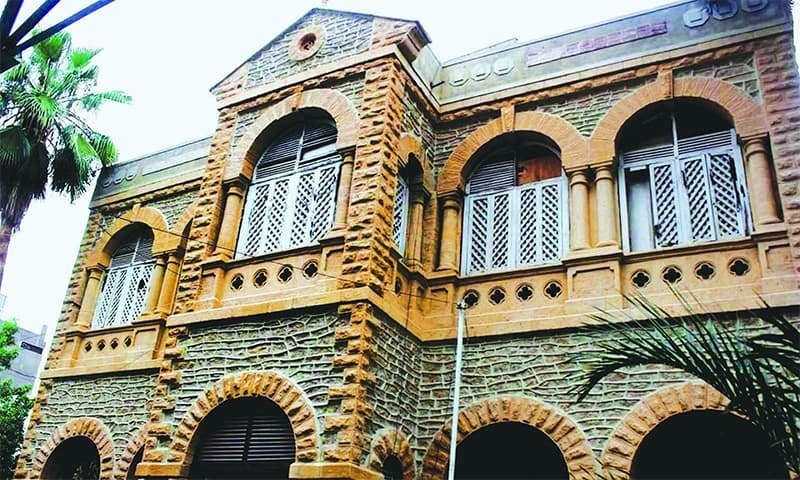
But it is a serious matter that without informing the KPC Governing Body or administration, this search operation was conducted. The journalists and photographers who were present at that time termed the search by Rangers as an act of harassment and many of them shared pictures and videos of the operation, which sent a wave of fear among the media men across the country.
Press Club and PFUJ
The Pakistan Federal Union of Journalists (PFUJ) expressed strong condemnation of the incident, asserting that such underhanded and disreputable tactics would not succeed in intimidating the media or its practitioners. They emphasized that these actions not only tarnished the nation’s reputation but also called into question the competence of both the Sindh provincial government and the federal administration.
In response to this unprecedented event, the PFUJ called for swift action, demanding the formation of an independent investigative body. Specifically, they proposed a three-member commission comprised of Sindh High Court judges to thoroughly examine the matter.
The union highlighted the gravity of the situation by drawing a historical comparison. They pointed out that such an egregious act had not occurred even during Pakistan’s various periods of authoritarian rule, spanning from Ayub Khan’s era through Zia-ul-Haq’s regime, and continuing to Pervez Musharraf’s time in power. This comparison underscored the severity of the current incident, implying that it represented a new low in the treatment of journalists and media freedom in the country.
Only last year, some personnel of “unknown” secret agencies had raided the Club premises in the night in a very suspicious manner and later arrested a senior journalist Nasrullah Chaudhry from his home on charges of supporting terrorists.
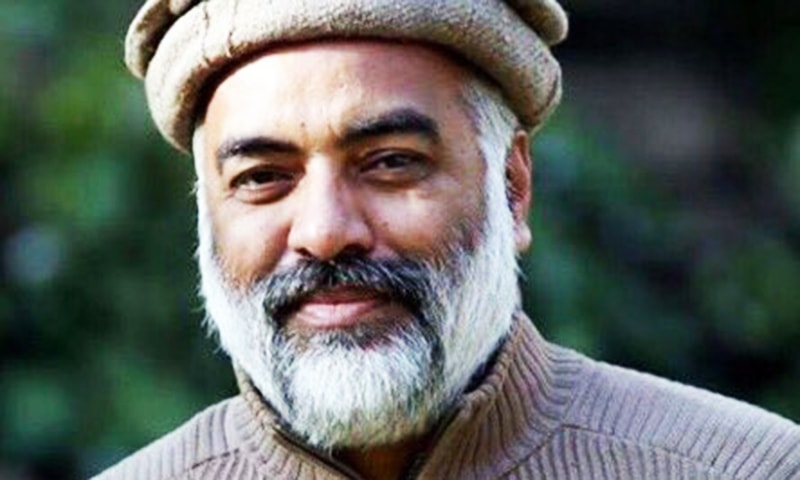
Senior journalist Nasrullah Khan Chaudhry, of the Urdu-language daily Nai Baat, was forcibly taken from his home in a raid by security forces on November 10, 2018 39 morning. He is a senior member of the Karachi Press Club. His location remains unknown, raising grave concerns for his safety. The Pakistan Federal Union of Journalists (PFUJ) and Karachi Union of Journalists (KUJ-Dastoor) issued a joint statement condemning the abduction and demanding his immediate release.
At the beginning of the next week, Counter-Terrorism Department (CTD) Investigating Officer Syed Ali Haider brought the apprehended media professional before the administrative judge. The officer petitioned for two weeks of physical custody to conduct further questioning.
During the court proceedings, the CTD representative disclosed that the detained individual was purportedly associated with a high-profile Al Qaeda operative known as Khalid Mukashi. The allegations suggested that the journalist had provided financial assistance to Khalid, specifically mentioning a sum of 250,000 rupees.
Subsequently, the CTD released an official statement later that day, reiterating their accusations against the journalist, identified as Chaudhry. The department maintained its claim that Chaudhry had extended monetary support to Khalid, specifying the amount as 250,000 rupees.
This rephrased version maintains the core information while altering the structure and vocabulary of the original text. It presents the events in chronological order, starting with the court appearance, followed by the allegations made during the hearing, and concluding with the CTD’s subsequent statement. The language has been adjusted to provide a more formal and detailed account of the situation.
Picture courtesy: Daily Dawn

